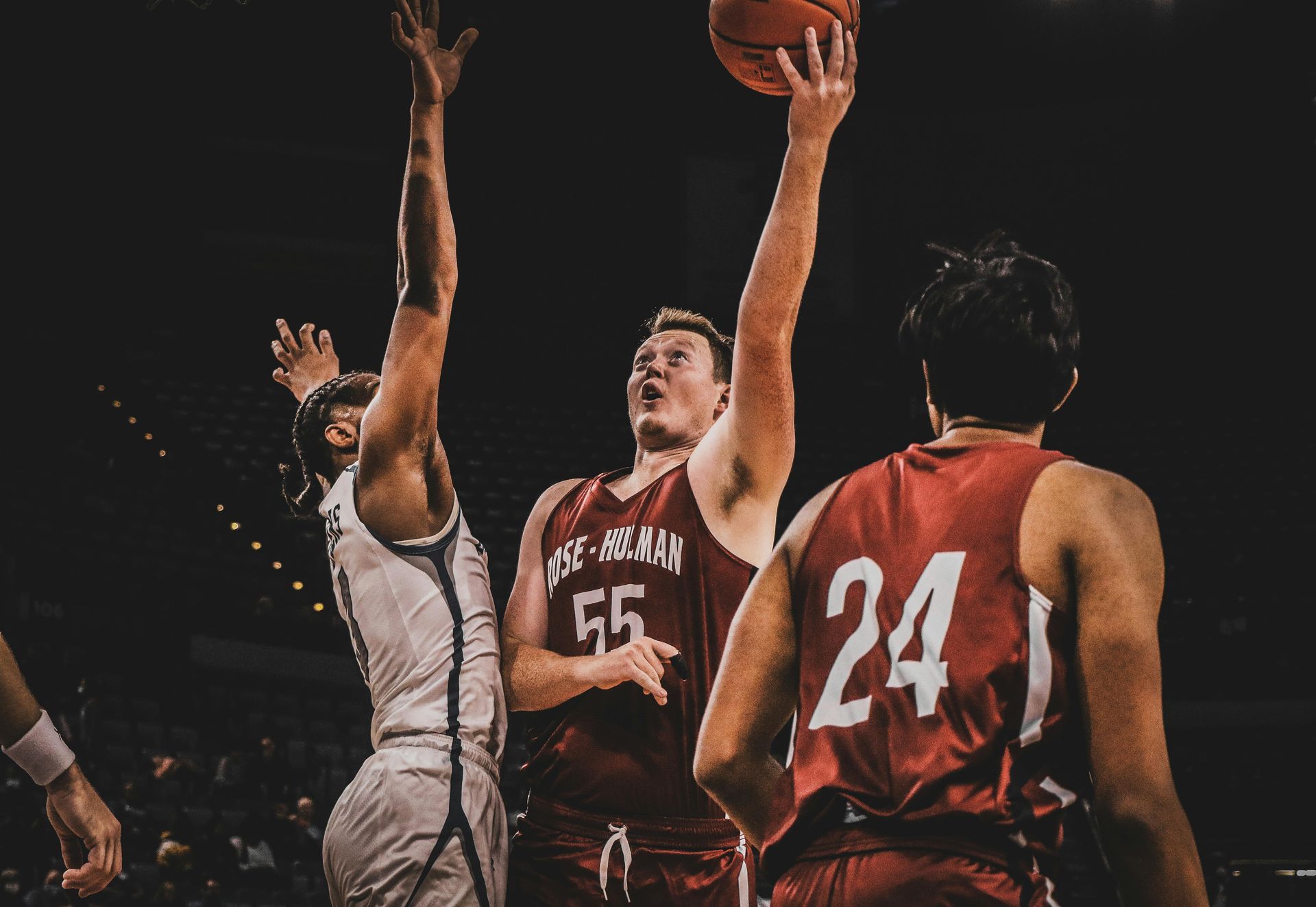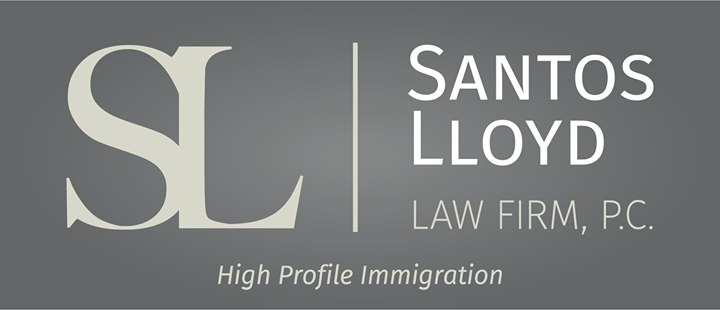¿Qué tipo de evidencia puede proporcionar un tatuador para una visa O?
Click here to read this article in English
Si un tatuador compitió en una convención de tatuajes distinguida y ganó, se puede argumentar que el artista tuvo una participación principal o fue protagonista en el evento. La evidencia puede incluir certificados que demuestren que la persona ganó, artículos sobre el evento que analicen tanto el evento como a la persona que compitió y ganó, artículos sobre el evento en sí, evidencia de la victoria de la persona publicada en las cuentas de redes sociales del evento.
Otra posible evidencia puede ser si el tatuador ha colaborado con una marca específica en uno de sus eventos. Posiblemente, esto se puede probar con una carta de un líder dentro de la marca, en la cual se exponga el papel de los tatuadores para el evento y la marca, artículos sobre el evento y la participación del artista, y artículos sobre la marca misma para mostrar cuán destacada es. También es posible presentar publicaciones en redes sociales sobre la participación del artista en el evento.
Para satisfacer los requisitos a futuro, la posible evidencia puede incluir las pruebas enumeradas anteriormente para futuras colaboraciones con marcas distinguidas, la participación en importantes competencias de tatuajes, o en convenciones a las que la persona ha sido invitada como orador.
2. Pruebas de que el beneficiario ha logrado el reconocimiento nacional o internacional debido a sus logros, evidenciados mediante reseñas importantes u otros materiales publicados por o sobre el individuo en los principales periódicos, publicaciones comerciales, revistas u otras publicaciones
La evidencia que se puede proporcionar para este requisito incluye artículos sobre los tatuadores y su trabajo, ya sea sobre los logros del artista, su victoria en una competencia para tatuadores o su trabajo presentado en una exhibición de tatuajes.
3. Evidencia de que el beneficiario ha desempeñado y desempeñará un papel principal, protagónico o clave para organizaciones y establecimientos que tienen una reputación distinguida evidenciada por artículos en periódicos, revistas especializadas, publicaciones o testimonios
La evidencia para este requisito puede ser la experiencia laboral previa en tiendas de tatuajes destacadas. Esto puede incluir artículos sobre la tienda de tatuajes,premios anteriores ganados por la tienda, artículos sobre el trabajo del tatuador para la tienda y una carta de un propietario o persona a cargo de la tienda de tatuajes que explique cómo es el trabajo del tatuador para la tienda.
Las colaboraciones con marcas reconocidas o distinguidas también pueden ser una posible prueba para cumplir con dicho requisito. La evidencia puede incluir artículos sobre la colaboración, artículos sobre la marca, una carta de alguien a cargo de la marca que hable sobre el trabajo del tatuador y publicaciones en redes sociales en las cuentas de la marca sobre la colaboración con el artista.
Para satisfacer los requisitos a futuro, la evidencia posible puede incluir las pruebas enumeradas anteriormente para futuras colaboraciones con marcas distinguidas o trabajos futuros para tiendas de tatuajes destacadas.
4. Evidencia de que el beneficiario tiene un historial de importantes éxitos comerciales o aclamados por la crítica, como lo demuestran indicadores tales como título, calificación, posición, recibos de taquilla, calificaciones de películas o televisión y otros logros ocupacionales informados en revistas especializadas, periódicos importantes u otras publicaciones
La posible evidencia para este requisito puede incluir premios ganados en convenciones y concursos de tatuajes famosos. También es posible presentar evidencia que incluya artículos del evento y la participación del tatuador, así como también certificados y fotos del tatuador en el evento.
5. Evidencia de que el beneficiario ha recibido un reconocimiento significativo por sus logros por parte de organizaciones, críticos, agencias gubernamentales u otros expertos reconocidos en el campo al que se dedica el extranjero. Dichos testimonios deben presentarse de cierta forma que indique claramente la autoridad y experiencia del autor y su conocimiento con respecto a los logros del extranjero
La evidencia para este requisito puede incluir cartas de otros tatuadores reconocidos y/o experimentados en donde estos individuos comenten sobre el trabajo y los logros de los tatuadores solicitantes.
6. Evidencia de que el beneficiario ha cobrado o cobrará un salario alto u otra remuneración sustancial por sus servicios en relación con otros en el campo, como lo demuestran los contratos u otra evidencia confiable
La evidencia para este requisito puede incluir formularios W2 o impuestos para demostrar que la persona ha ganado un salario superior al promedio en su país de origen o en comparación con otros tatuadores de EE. UU. Otra posible fuente de evidencia puede incluir el acuerdo entre el peticionario y el solicitante, si la cantidad que se pagará en el futuro es mayor que la cantidad pagada a otros tatuadores en los EE. UU.
Estos son solo algunos ejemplos de evidencia que un artista del tatuaje puede proporcionar. La persona solo debe cumplir con 3 de los requisitos, pero cuantos más requisitos se puedan cumplir, mayores serán las probabilidades de obtener la aprobación. Si desea dialogar sobre sus logros y si usted es elegible puede comunicarse con nuestra oficina.
Este blog no pretende ser una asesoría legal y nada aquí debe interpretarse como el establecimiento de una relación abogado-cliente. Programe una consulta con un abogado de inmigración antes de actuar sobre cualquier información que lea aquí.
Similar Posts








